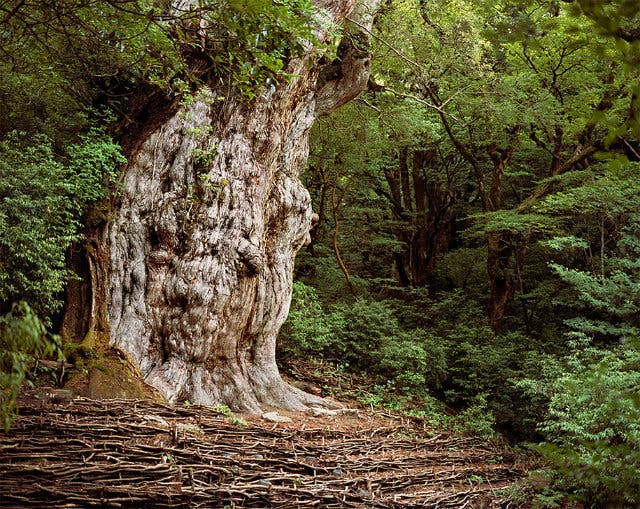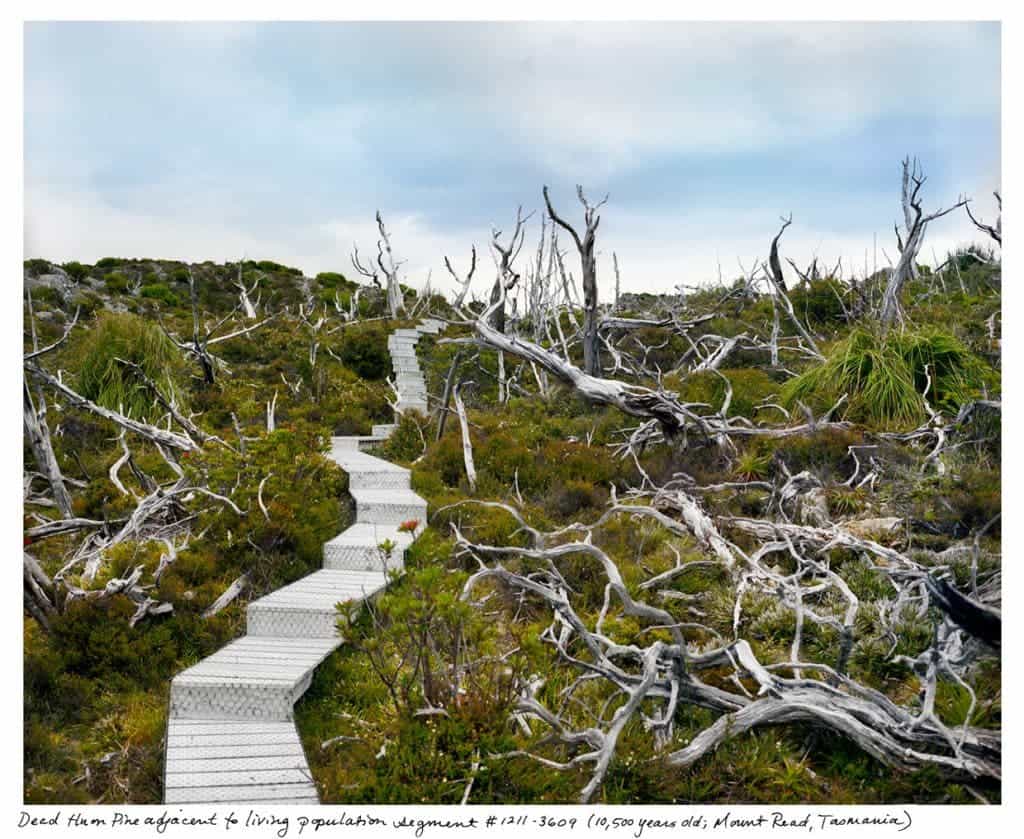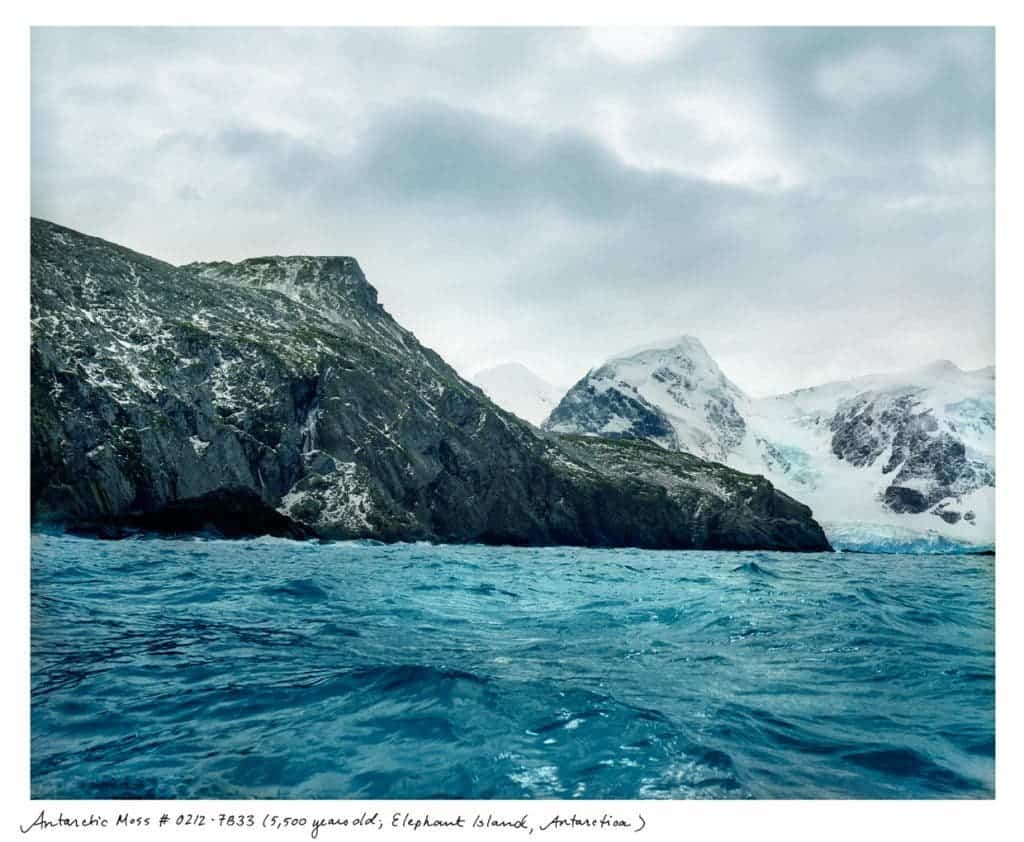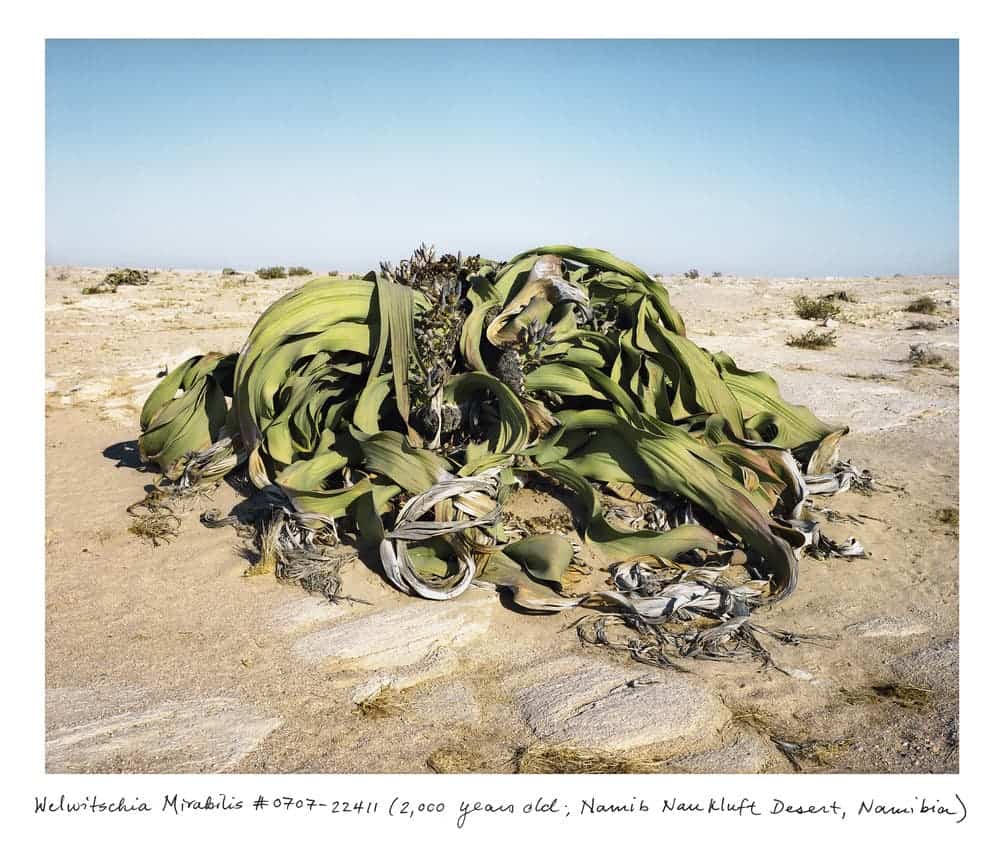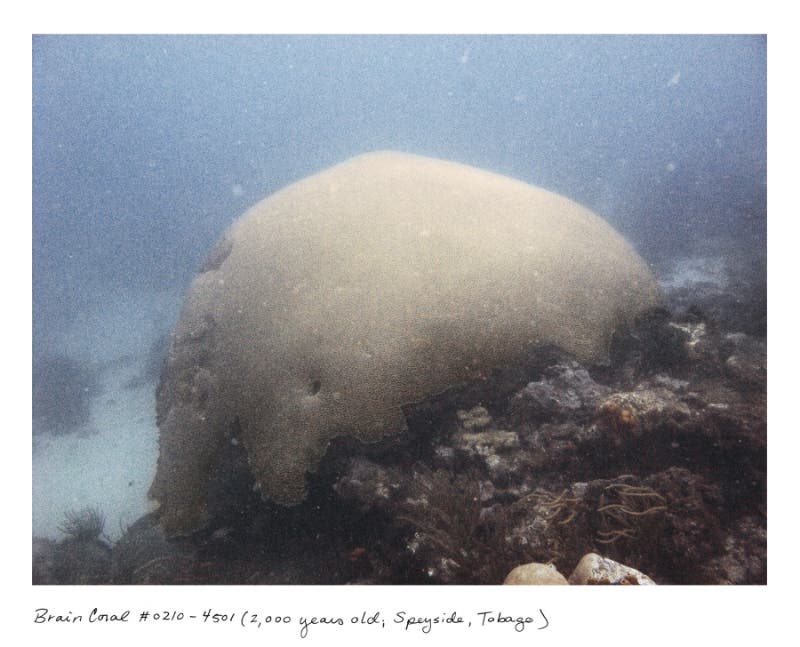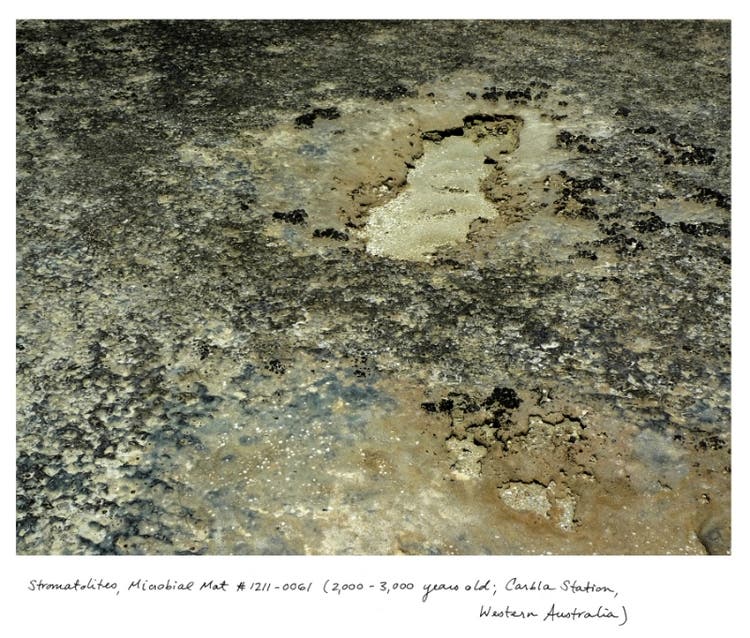Rachel Sussman is a contemporary artist who focuses on photographing the oldest living things in the world.
As part of her project “The Oldest Living Things in the World” (creative, I know), she researches and works with biologists, traveling all over the world to take pictures of things older than 2000 years old. Stewart Brand calls her work “the missing science of biological longevity.”
I really, really love her pictures – not only are they beautiful, but they also serve a scientific purpose, and they raise awareness.
“All of these organisms have displayed remarkable resilience,” she said in an interview with the Mother Nature Network. “I do believe we have much to learn from them collectively and as individuals, and that it is not too late as humans to change the collision course we’re on. Perhaps by uncovering the past in the living present, we can help steward in a more sustainable future.”
For more information on her and her projects, be sure to check out her website. All pictures credited to Rachel Sussman.
